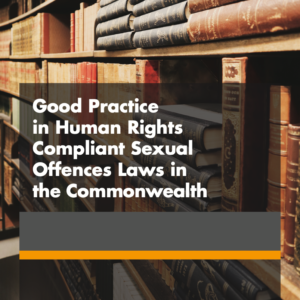In Victoria, sexual offences laws are found in the Crimes Act 1958 amended by the Crimes Amendment (Sexual Offences and Other Matters) Act 2014 (CA). The Evidence Act 2008 (EA) and the Criminal Procedure Act 2009 (CPA) contain the rules of evidence which apply to sexual assault offences.
Many of the provisions covered by this review meet good practice standards. For example, consensual same-sex sexual activity is not a crime, sexual assault under the CA covers all forms of non-consensual sexual penetration – by penis, objects and other body parts – of all orifices. Non-penetrative offences are broadly defined to include all forms of sexual assault and carry serious penalties. There is an extensive range of child sexual assault provisions, no moralistic, discriminatory or derogatory terminology is used, and there are close-in-age defences to child sexual assault offences. These are a critical part of good practice child sexual offences law as they prevent the criminalising of genuinely consensual sexual activity between young people when one or both are under the age of consent. The age of consent is 16 years for everyone.
The EA explicitly states that corroboration of a sexual assault complaint is not required, which conforms to good practice and the CPA explicitly states that evidence of ‘the general reputation of the complainant with respect to chastity’ and the prior sexual conduct of the complainant is inadmissible. While this meets the good practice criteria, ‘chastity’ is an outmoded and moralistic term that should be removed from the legislation.
The full assessment of Australia is available here.



